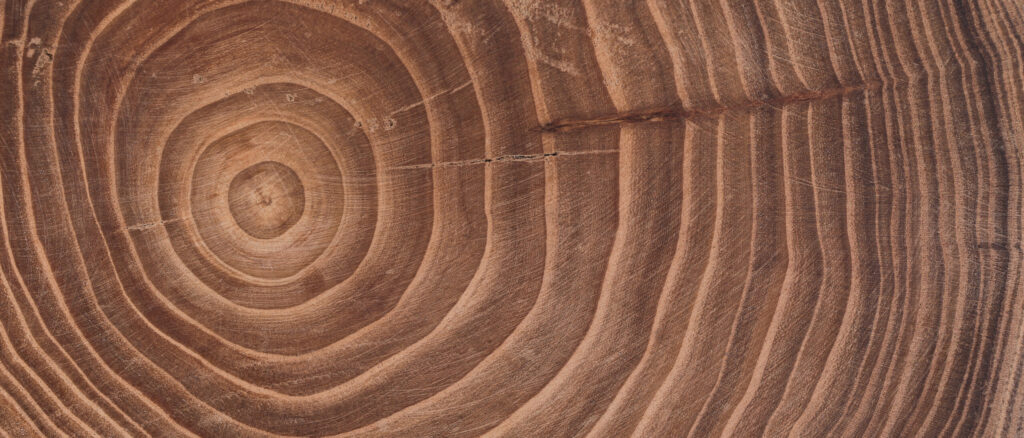Over 72 hours last week, Labour selected 24 candidates in England and Wales who are likely to become MPs – barring a complete reversal of the public and private polling. That’s choosing a candidate every three hours, but these selections have been a lot longer in the making.
For Labour, getting the ‘right’ MPs into their parliamentary party through this last route – impositions – is a basic building block for creating a political alliance within the wider movement that Labour believes it will need in power. By rebalancing the Parliamentary Labour Party (PLP) even more towards Labour the leadership hope they will be better able to handle the tough political management world of Government – especially in the face of constrained finances and an opposition whose only job will be to oppose.
And these are not seats that require a 1997-style landslide to win – over 60% of them are replacing sitting Labour MPs, held even in the face of its worst result in 80 years in 2019 so pretty much as much of a certainty as you can get on a candidate being a long-term feature in the PLP. And the rest are core battleground seats – the seats Labour will be winning if they win a majority.
Cries of a foul
Labour has a well-used rule that allows the governing body – the National Executive Committee (NEC) – to effectively select candidates directly where there is not enough time to go through a full or even a truncated byelection style selection. The Conservatives have a similar, but slightly more cumbersome, process – which is a rarity in a rules and procedures ‘flexibility’ comparison between the two main parties.
What Labour is doing here is not new. Whoever is in political control usually does it – or has been outmanoeuvred in doing it (2017 for sure – more on that later…). Some MPs always leave at the last minute – and the unexpected timing of this election has certainly caused some to go when they might not have chosen to go if the election was in the autumn. But if you step back from the individual candidates and the headlines, you see the real political prize here – helping to mould a Parliamentary Party.
The bigger the puzzle, the bigger the opportunity
With 24 (and potentially counting) impositions in Labour held seats and seats where Labour need to win to form a majority, the political opportunity for Starmer’s team is huge. And with that opportunity – which they relish and have been working on consistently for at least two years – comes the mother of all political puzzles to complete.
The bulk of retirements are late ones, made since the election was called a fortnight ago. A very small number have been known for a long time but not commenced and there is also a sizeable number of target seats Labour is very likely to win that have been held back to be part of this puzzle (the new Dewsbury and Batley seat for example) – with some new winnable vacancies caused by candidates standing down (Altringham & Sale West) or being removed (Brighton Kempton).
How to get on the playing field and getting the right balance
In 2017, the deals were made by the unions and moderate party staffers. The unions got their top asks – some Jeremy Corbyn supporters and more mainstream candidates – alongside some ‘soft left’ candidates baked into the deal. Corbyn’s team was out manoeuvred, but in 2019 they used the control they had to (nearly) impose who they wanted across the board. The only way anyone from the Labour mainstream got near a shortlist or an imposition panel was by being a ‘top ask’ from a union.
There are four main reasons a candidate is imposed – being the top ask of a union; wanted by the leader’s political team; a politically supportive good local fit; or being the best way to stop someone else. The most successful and nailed on have a combination of at least two of the first three. These are well-trodden paths in Labour and that certainly hasn’t changed.
The vast majority of these 24 are relatively young and therefore likely to be in it for the long-haul. All of them are from the Labour mainstream, with none of the ‘appeasement’ of the hard left that characterised the early part of Starmer’s leadership. Under the bonnet, the number of former staffers (nine) is nearly double the number of current NEC members (five) but throw in the prevalence of mainstream union officials and participation in internal organisations Labour Together, Labour to Win and Labour First, you cover virtually all of the candidates.
The political dynamic at the heart of a (probable) new Government
Unions dominate collectively in political decision making when they act together. Starmer’s political dominance in Labour is built on a key alliance with two of the big four unions – the GMB and, to a lesser extent, UNISON. In terms of candidates, USDAW got two big results in Connor Rand and Michael Wheeler, and Unison, their top candidate in Mark Ferguson plus Deirdre Costigan in Ealing Southall. Unite – who dominated to an extreme measure under Corbyn – have been completely side-lined. Unite’s number one ask used to be a guaranteed route to being an MP – for example Laura Pidcock in 2017 and Kate Osborne in 2019 – but they don’t get a look-in in 2024. Those large moderate unions and smaller moderate unions like Community are set to dominate the trade union route into decision making far more than collective TULO deal making has done under previous Labour Governments.
Top of the political to do list
Five of the imposed candidates are from Labour’s governing NEC, and those gaps will be a political hole that needs to be filled after the election. Other changes in the NEC’s personnel will come from changes in union places necessitated by those who get elected as MPs, alongside PLP representation changes as sitting NEC representatives leave Parliament.
Moving – most likely – from opposition to Government brings a whole new political management challenge. Starmer isn’t likely to have a long honeymoon after the 4th of July, and at different times during what Labour want to be first of successive terms, Labour will need that additional core of MPs who will owe a lot of their presence to the imposition decisions driven by Starmer’s political team.
Image: @Keir_Starmer on X



